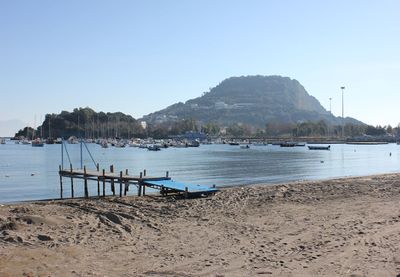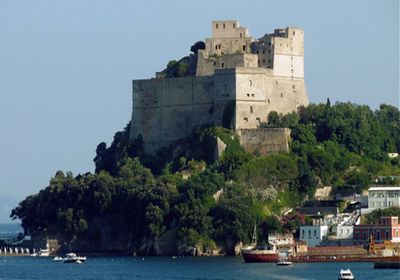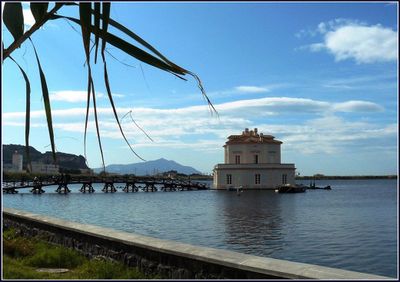COLAND Intensive Study Programme Naples 2019
Key dates of the Naples Intensive Study Programme
- Implementation: September 9 - 16, 2019
- Host: University Federico II, Department of Architecture
- Workshop Location: Urban Region of Naples, Phlegrean Fields, Community of Pozzuoli
- Participants: students and staff members from the COLAND ERASMUS partnership
- Documentation: download workshop documentation
Context of the Phlegrean Fields
The coastal area of the Phlegrean Fields near Naples, placed by the Tyrrhenian Sea, is administered by three municipalities (Pozzuoli, Monte di Procida and Bacoli) with a total population of 120.000 inhabitants. The main town is Pozzuoli (81.000 inhabitants), founded by the Greeks in the 6th century b.C., later conquered by the Romans in the 2nd century b.C. and developed as a strategic Mediterranean port.
Pozzuoli is located in the centre of the Phlegrean Fields, a huge volcanic caldera which characterises the landscape with unique resources, along with a considerable cultural heritage. Such area mainly developed between the 1960s and the 1980s. Its main activities include tourism as well as some industries, commerce and a shipyard. By the 1990s, several industrial activities closed producing brownfields near the coast, and the residential growth fragmented agricultural and natural areas. Moreover, on the coast there are many beach clubs – partly obsolete - and some degraded residential settlements, along with a sewage treatment plant.
Overall, these elements create a serious problem for those towns, aiming to develop their ecological network and to improve their huge cultural heritage. The territorial transformation is governed by town plans and other sectoral county plans (landscape, environment, park) that greatly restrict building activity. Nonetheless, there is a significant presence of illegal buildings, dated back to the 1980s and the 1990s. A remarkable opportunity is the wide availability of state property areas that may be developed as components of the green infrastructure.
The study group will develop a green infrastructure strategy. The international studio group, through the collaboration of staff and students, will provide the community with a fresh and open perspective on the urban landscape and help envisioning how an alternative future could look like.
Focus Topics
- Sustainable Urban development
- Urban sprawl
- Resilience
- Heritage and identities
- Community-based planning
- Green Infrastructure
- Ecosystem services
- Sustainable transport
Documentation
- download workshop documentation


